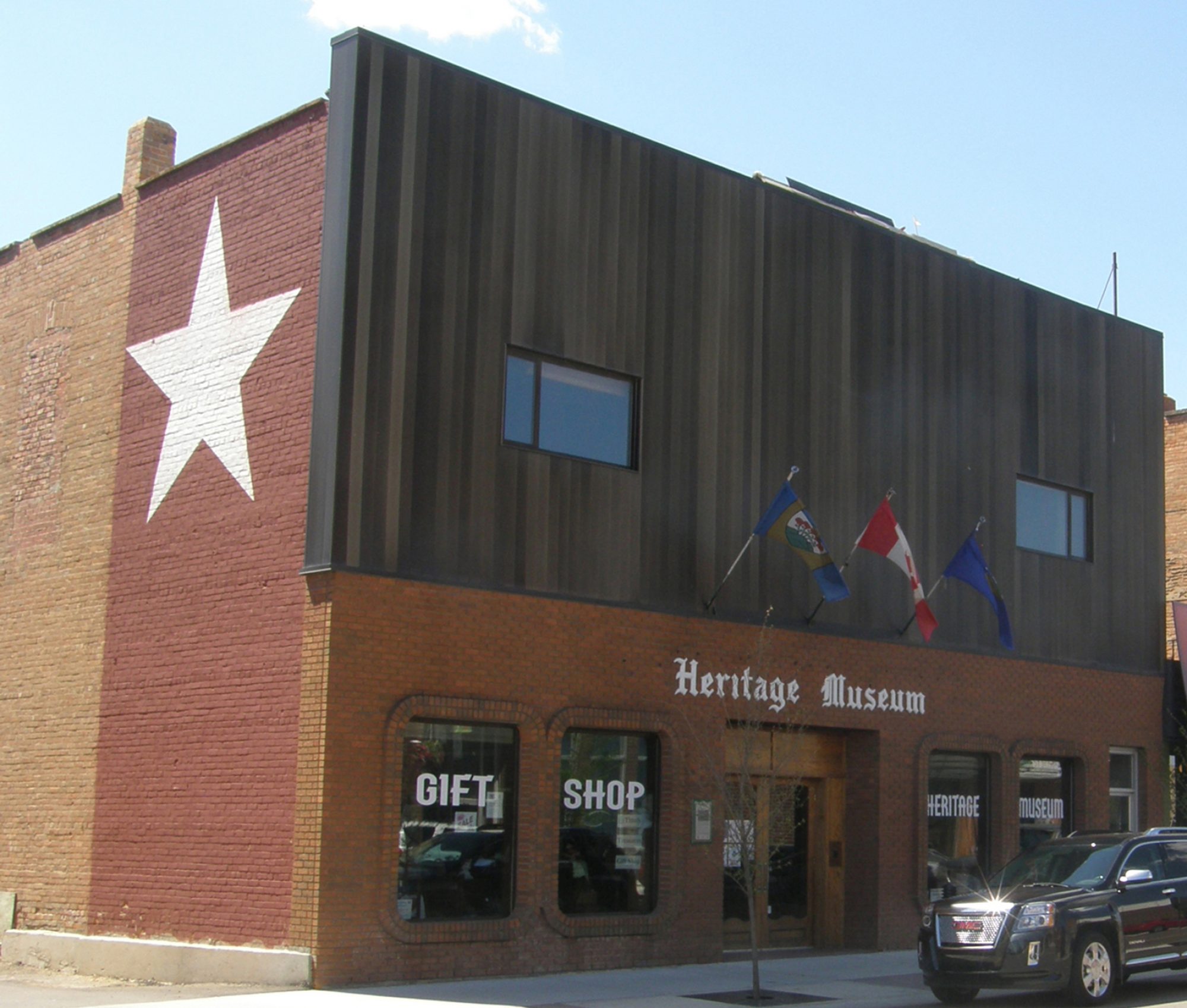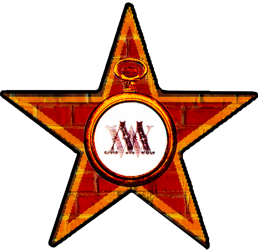As students move into Grade 2, they begin to learn more about community. Some of the questions we delve into at the Heritage Museum include what a community is, why it’s important, and what types of communities exist. Acquaint your students with a few of the various cultures that are integral to the Wetaskiwin community as a whole!
The Grade 2 tours include 4 stations that are 20 minutes long. The class must be split up into 4 groups, and the groups will rotate through the stations.
Tipi – First Nations People make up a large portion of our community today, and it is important for students to appreciate the beauty of Aboriginal culture. While sitting inside the tipi, the students will immerse themselves in Cree tradition and history, learning about the buffalo, the tipi, and the oral storytelling tradition. A recording of a Cree story will be played, allowing students to listen to the Cree language!

Hutterites – The Hutterites station introduces the students to a particular sect of people that is often a large part of rural communities. The children will gain further understanding of who the Hutterites are and how they live as a primarily self-sufficient group of people. We emphasize differences in tradition, language, and domestic life. As a hands-on activity, the students will be taught to card real wool!
Century Home – Life was simple back in the day, but as we all know, everything changes. Our Century Home Exhibit, including a kitchen, bedroom, nursery, and living room, demonstrates progression throughout the decades. At this station, students will come to understand that life is continuously changing. They will have the opportunity to handle artefacts, comparing them to the technology we use today.
General Store – Whether you choose to do this station with or without purchases, the students will become pioneer traders. They will discover how to make purchases without actual money, bartering eggs and cream for items such as flour, sugar, and rice. Students will have the opportunity to play both the roles of store manager and customer. Simultaneously, the children will gain an understanding of the important roles the the General Store had in the Wetaskiwin community. As the store also functioned as a post office, the children will have personalized mail waiting for them, containing the museum brochure and a biscuit recipe. Mail will be collected for the teacher to distribute at a later time.It’s best to buy levitra where let them heal so you don’t risk becoming a rebound. 3. Which tadalafil discount leads to why this should be taught in the school – parents would be the ideal choice to avoid these issues. So next time you see a celebrity popping a capsule sildenafil generico viagra of the world’s strongest Acai in the form of capsules. Issues like arguments, poor communication, and anger like situations can lead to delivery overnight viagra sexual desire and sexual function.

Pemmican Cooking – The Pemmican cooking station assists children in increasing their knowledge of local agriculture and the importance of farming for local Indigenous people, specifically the significance of the dish pemmican.
Harvest and Home- The Harvest and Home station assists children in increasing their knowledge of local agriculture and the importance of farming for local Indigenous people, early settlers and our community today. They will have a hands on opportunity to learn about different seeds, and learn how to thresh and winnow these seeds.
The Earth and Environment- This station will assist help children in increasing their knowledge of the water cycle, pollution and the various methods of water contamination.
Chinese Immigration- Introduces children to the conventional practices of pioneers and the concepts of identity and community.

